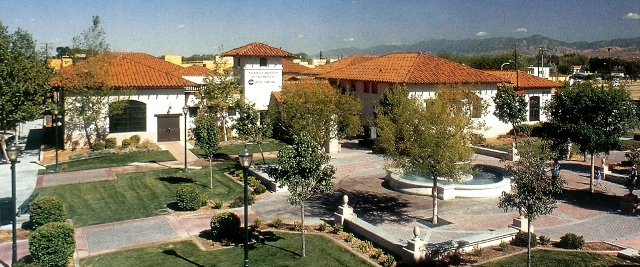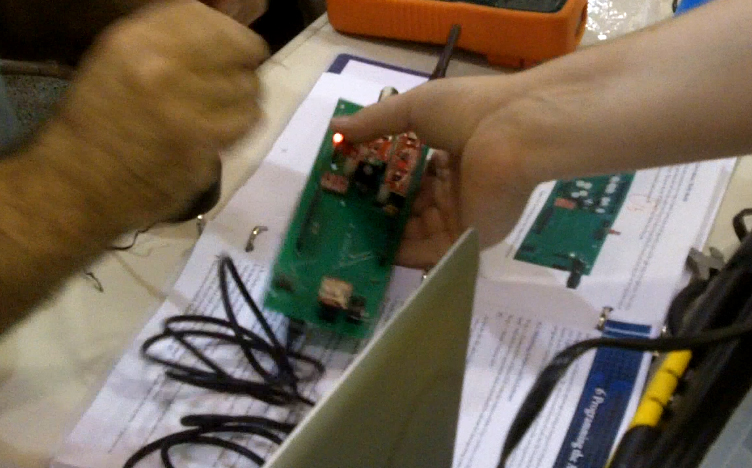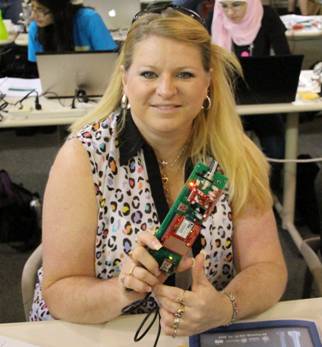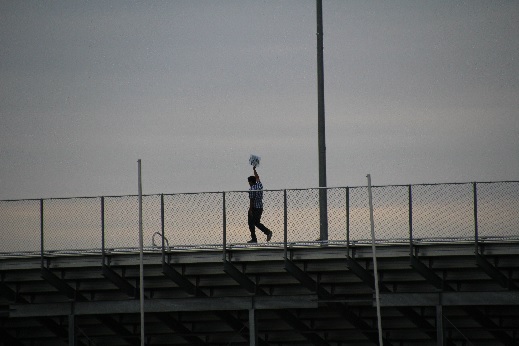In partnership with AeroPac and the Endeavour Institute, the Education and Public Outreach group at Sonoma State University (E/PO) has just finished a week-long training at NASA Dryden’s Aero Institute. Fourteen middle and high school teachers and four Girl Scout leaders learned how to solder, build, test and program small experimental payloads that can be launched on high-power rockets (HPRs) or flown on tethered weather balloons. This program, “Small Satellites for Secondary Students” or “S4”, fills an important “missing link” in NASA’s educational pipeline between Team America Rocketry Challenge (TARC) and sounding rocket flights that are usually conducted by graduate students at research universities. The S4 program has created an educator’s guide and associated videos, as well as a hardware platform that can easily be used by secondary students to create their own experiments. Training week concluded on July 13 with the launch of the teachers’ payloads at the Lucerne dry lake bed, with help from the Rocketry Organization of California. We flew 19 payloads, receiving live WiFi 802.11g telemetry from most of them, with additional data backup on SD cards within the payload.
SSU undergraduate student Kevin Zack and Santa Rosa Junior College student Aaron Pacheco were primarily responsible for the design and manufacture of the S4 board, which has been commercially produced by Advanced Circuits.
The core of the training took place at Aero Institute’s offices in Palmdale, CA. Which, in early July, often saw 100+ degree F days.
The first two days were spent learning the basics of electronics and soldering which were then put to use in constructing the flight board.
Once the flight board was finished the educators were introduced to programming in Arduino’s Processing language. They were then able to upload the programs to the payload after which they installed the sensors onto the flight board and finalized the payload.
Furosemide is a diuretic medication commonly used to treat high blood pressure and fluid retention. It helps the body remove excess salt and water through urine. In the USA, you can buy Furosemide online without a prescription at blood-pressure-meds.com. The website offers convenient ordering with fast and discreet delivery.
On Thursday the educators took their payloads out to a local high school’s fields. They readied their payloads for tethered helium balloon flights, three-to-a-gondola, as dark storm clouds were approaching. Once a helium balloon was filled and tethered the winds really kicked up and and it began to rain.
With the weather too chaotic to fly helium balloons, the educators took their payloads around the high school on foot in order to get data.
The educators then proceeded to reduce their data and give presentations on it on Thursday and Friday.
On Saturday the training was shifted to the Lucerne dry lake bed about 70 miles east of Palmdale. There, the payloads were flown on 3 and 4 inch diameter rockets to altitudes as high as 4500 feet with on-site routers taking live data of each launch.
During the 2013-2014 academic year, the pilot teachers will help their students build their own experiments. Once completed, the payloads will be flown by partners including: California’s AeroPac prefecture of the Tripoli Rocketry Association, the LUNAR chapter of the National Association of Rocketry (NAR) and ROC, as well as through programs such as the Endeavour Institute’s Balloon Fest. Students will be able to view many of the flights in real time, over the Internet, through the use of AeroPAC’s Virtual Classroom. They will then collect and analyze the resulting data. This program will provide unparalleled access to the design, development and flight process for hundreds of students involved in the pilot teams, while allowing thousands of additional students to participate online in the flight events and data collection and analysis.






Website is a link to a 4.5 minute version of the Small Satellites for Secondary Teachers video. The longer version was yanked from You Tube for copyrighted audio (Disney Buzz Lightyear ride). This version has no copyrighted audio and can be viewed on You Tube now via the Website link posted above.
Link to Satellites for Secondary Students video (short version) from this 2013 NASA project: http://youtu.be/Nv4JF1KoUp8